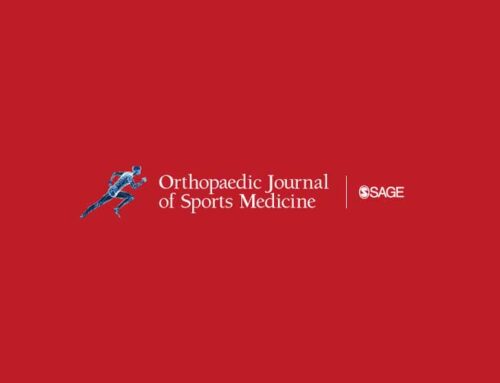Authors
Nho SJ, Beck EC, Nwachukwu BU, Cvetanovich GL, Neal WH, Harris JD, Weber AE, Mather RC
Abstract
BACKGROUND:
Hip arthroscopy for femoroacetabular impingement syndrome (FAIS) is a rapidly growing field in sports surgery; however, factors associated with poor outcomes and identification of predictor models of inferior clinical outcomes is unclear.
PURPOSE:
To analyze predictors of clinical failure and inferior clinical outcomes among patients undergoing hip arthroscopy for treatment of FAIS.
STUDY DESIGN:
Case-control study; Level of evidence, 3.
METHODS:
Data were collected and analyzed from consecutive patients who underwent primary hip arthroscopy with routine capsular closure for the treatment of FAIS from a single fellowship-trained surgeon between January 2012 and November 2015. Baseline data, postoperative patient-reported outcomes, and rates of clinical failure and inferior clinical outcomes were recorded at 2 years postoperatively. Clinical failure was defined by revision hip arthroscopy or conversion to total hip arthroplasty. Inferior clinical outcome was defined as not reaching the minimal clinically important difference (MCID) or patient acceptable symptomatic state for Hip Outcome Score-Activities of Daily Living. A multivariate logistic regression analysis was used to identify significant predictors of clinical failure and inferior clinical outcome.
RESULTS:
Out of 1161 eligible patients, 935 (80.5%) completed 2-year postoperative patient-reported outcomes. The mean ± SD age and body mass index were 33.3 ± 12.3 years and 25.4 ± 8.2 kg/m2, respectively. The overall clinical failure rate was 3.6% (n = 34), including 23 cases (2.5%) of revision hip arthroscopy and 11 cases (1.2%) of conversion to total hip arthroplasty. Predictors of clinical failure were lower preoperative International Hip Outcome Tool score ( P = .016), chronic preoperative pain ( P = .001), and chondromalacia in the affected hip ( P = .04). The inferior clinical outcome group, consisting of those who failed to reach the MCID for Hip Outcome Score-Activities of Daily Living, included 256 patients (27.4%). Predictors of inferior clinical outcomes were Tönnis grade >1 ( P = .01), workers’ compensation ( P < .001), and increased body mass index ( P = .02).
CONCLUSION:
This study demonstrates that 73% of all patients treated for symptomatic FAIS with primary hip arthroscopy and routine capsular closure achieved the MCID. Clinical failure is predicted by a number of modifiable and nonmodifiable factors, including chronic preoperative pain and presence of chondromalacia. The current study updates the midterm failure rates and outcomes achievable with hip arthroscopy for FAIS.









